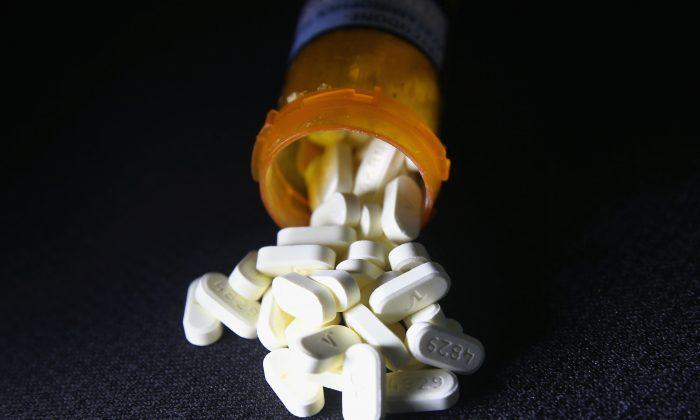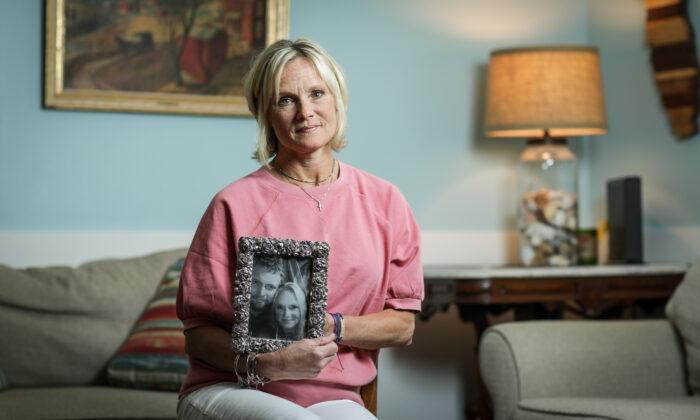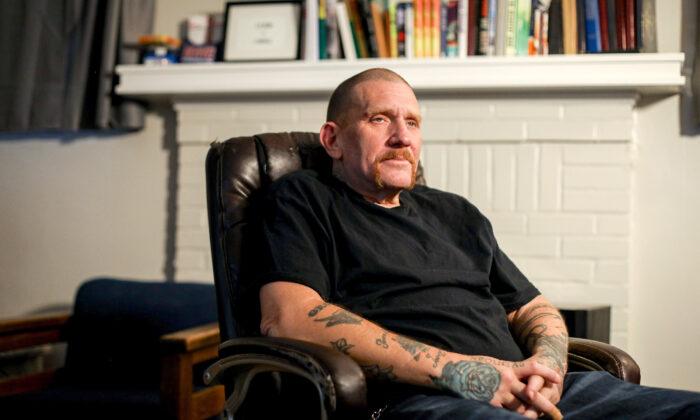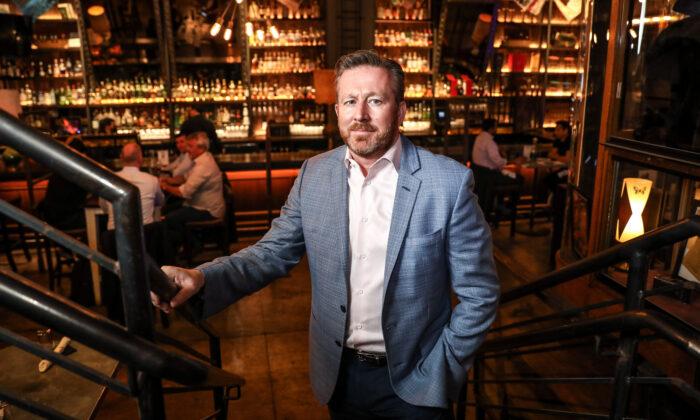America’s opioid epidemic may be even deadlier and more widespread than previously thought, as a number of opioid-related deaths are attributed to other causes, according to a new report by the Centers for Disease Control and Prevention (CDC).
Deaths caused by or related to opioid use may be missed by systems that track cause of death, as prescription drug abuse can contribute to deaths from infectious diseases like pneumonia, says CDC field officer Victoria Hall, one of the authors of the report. Current tracking of opioid-related deaths focuses primarily on overdoses.
Additionally, for the average patient, physicians often see no reason to test for opioid toxicity and may instead list diseases or other reasons as the cause of death on certificates.
“There’s a lot of room for error,“ said Michael Barnett, assistant professor of health policy and management at the Harvard School of Public Health. ”People may not think to actually test somebody for levels of opioid in their system. I do think we have problems in how we write death certificates. It’s an ongoing health issue.”
In particular, the number of elderly who die from opioid-related causes has been underestimated, according to Andrew Kolodny, co-director of opioid policy research at the Heller School for Social Policy & Management at Brandeis University.
Kolodny said there has been an “enormous increase” in the number of elderly patients being treated for overdoses at hospitals, but this trend has not been reflected in the official count of elderly deaths attributed to opioids, implying that the known numbers are just “the tip of the iceberg.”
“The number of deaths that were recorded is a huge undercount. Many elderly people prescribed aggressive quantities of opioids are overdosing. ... What typically happens is the death gets attributed to the medical problem the elderly person had,” he said.
“There’s nothing like what’s happening right now in the United States that’s ever happened in the history of our country, probably in the history of the world.”
Missing Cases
Experts say the opioid epidemic is one of America’s biggest national health crises seen in modern times. About 78 people die per day from opioid overdoses, according to a report from the surgeon general published in November last year.
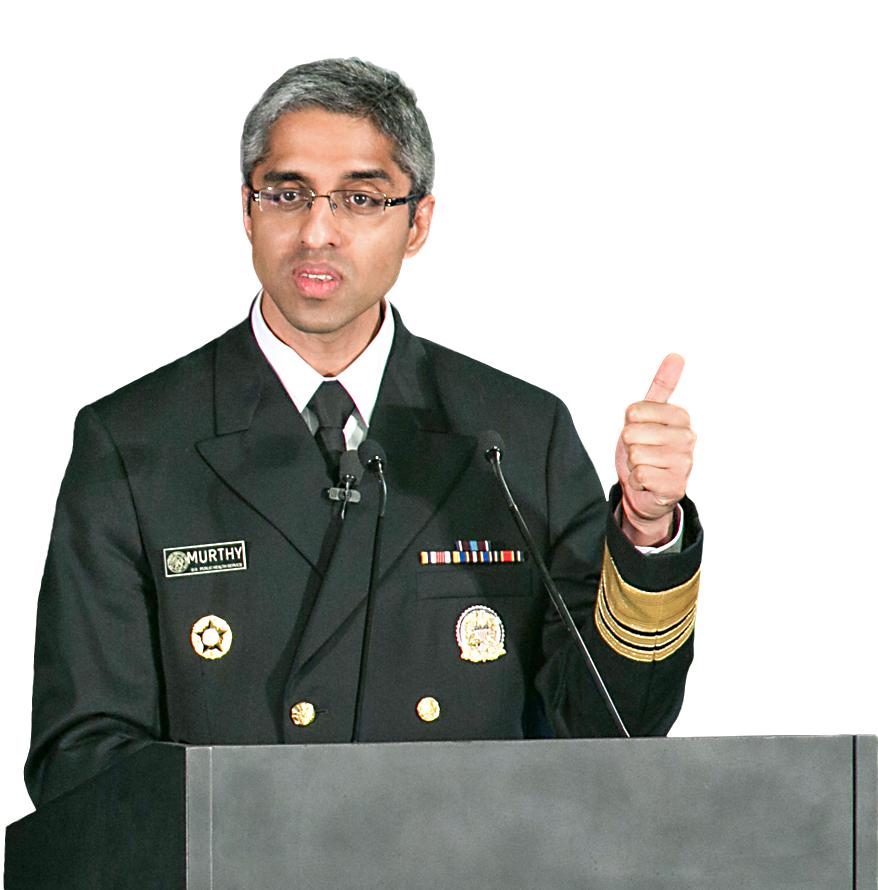
The recent CDC report analyzed opioid toxicity levels from 1,676 unexplained deaths in Minnesota between 2006 to 2015 and found that 59 (3.5 percent) involved prescription drugs. Out of those deaths, 22 died from overdose. But none of those were recorded by the statewide opioid death surveillance system, which only records overdoses.
“It does seem like it is almost an iceberg of an epidemic,” Hall told reporters at a conference of the CDC’s Epidemic Intelligence Service on April 25. “We already know that it’s bad, and while my research can’t speak to what percent we are underestimating, we know we are missing some cases.”
Aside from their risk of overdosing, drug abusers are more vulnerable to infectious diseases because these drugs suppress the immune system. Depending on their behaviors, users may be also be exposed to more diseases. “When people inject opioids, they can get hepatitis C, they can get HIV, so there’s all kinds of infectious problems,” said Gail D'Onofrio, professor and department chair in emergency medicine at Yale University.
Barnett says it’s important to get accurate data to find the best way to allocate health care funding. “It could be that we are underestimating by 5 percent to 10 percent, but I think given the number of deaths occurring, even that can potentially have an important impact on how public health resources are allocated.”
However, D'Onofrio said investing in efforts to better track opioid-related deaths should not be the first priority.
“We are going to miss some opioid-related deaths, but we already know it’s a horrific problem, and that’s why I’m not sure how much money should be invested in doing this. It’s a big deal [and expensive to do] toxicology tests.”
She said it would be better to allocate states’ resources for funding treatment programs and preventing opioid dependence—rather than doing expensive autopsies in order to find out whether the problems are even worse than expected.
“The most important thing we can do is to prevent overdoses by getting people access to medication-assisted treatment,” she said.
President Donald Trump signed an executive order on March 29 to combat the opioid epidemic. The order establishes a commission headed by New Jersey Gov. Chris Christie that will identify federal funding for the epidemic and recommend best practices for addiction treatment and prevention.
The Department of Health and Human Services announced on April 19 that the administration will provide $485 million in grants to all 50 states for fighting the crisis.
“The Trump administration is continuing to allocate money [for the opioid epidemic] to the states, and this is very, very helpful,” said D'Onofrio.
